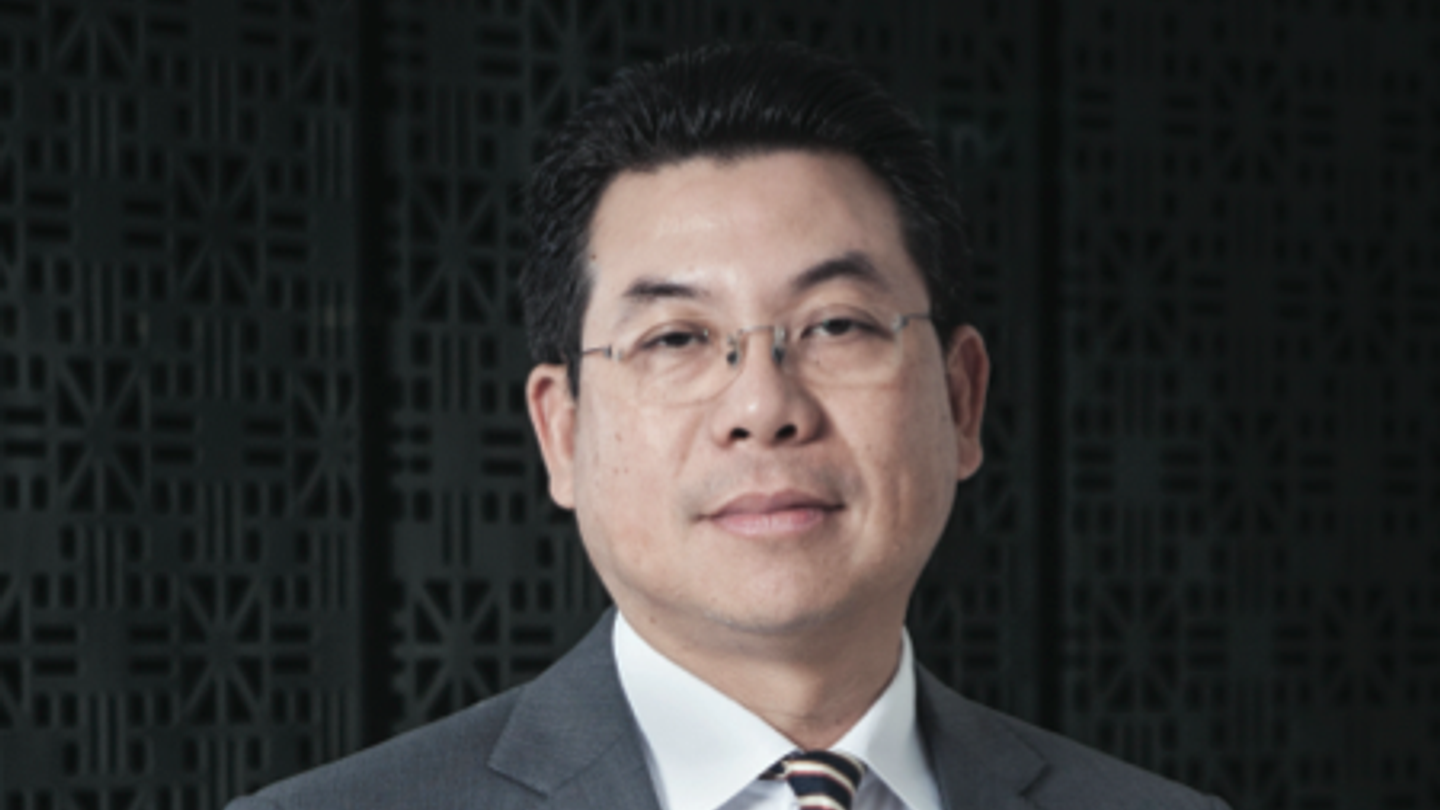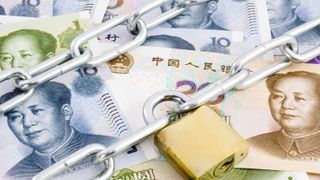
PTT's well of opportunity

The mission is clear: “We want to be in the top 100 companies in the world,” Wirat Uanarumit, the newly installed CFO of PTT Group, Thailand’s flagship corporate, told The Corporate Treasurer. “That means our finance department has to be at the forefront of the financial accounting function. We must benchmark ourselves against our global peers.”
Having become the CFO in June, Wirat (pictured) sets out his stall for what he expects from the finance department of the Association of Southeast Asian Nations' (Asean) biggest energy company by assets and one that presently ranks 180 in the Forbes 2000 list.
PTT's global peers include Shell, Exxon Mobil, Chevron, and BP. Wirat will be the first to admit PTT’s finance and treasury operation has some way to go before it equals both the efficiency and sophistication of those industry giants, but the first decisive steps have already been made.
As Asean prepares for the creation of a formal economic bloc next year, companies such as PTT have been gearing up not only to take advantage of the trading opportunities it should bring, but also to ensure they can capitalise as efficiently as possible.
PTT has earmarked $32.7 billion of capital expenditure over the next four years, of which its petroleum exploration business, PTT Exploration and Production (PTTEP), will receive the lion’s share ($16.4 billion) – the high allocation is tied to the pressing need to secure energy resources outside of Thailand.
The goal is to increase foreign business investments, so the finance department has to be primed to support the expansion efficiently, Wirat said.
At present, 70% of the group’s revenues come from the domestic market. This is expected to change as PTT further expands into the Asean region, where geopolitically it is strategically headquartered in Bangkok. As more revenues come from outside of Thailand, Wirat wants to ensure the companies bringing in the business are properly served in-house.
Three steps
Wirat envisions the development of the treasury function of the group in three critical stages. The creation of a regional treasury centre (RTC) is the first and most critical.
In February 2012, PTT established a RTC in Singapore with the help of JP Morgan, which acted as the advisor. The RTC is a way for the company, with more than 250 subsidiaries and six major listed entities, to centralise its financial transactions and improve the cash visibility at the parent level.
At present, the RTC provides liquidity, foreign exchange, trade facilities, bank account and bank relationship management services to a selection of PTT subsidiaries that require it.
The second stage in the reform is the creation of a shared services centre (SSC). Scheduled for 2016, but with its location yet to be determined, the SSC will focus on high-volume transactional services such as payables and receivables.
The third and final stage for PTT’s treasury development is to combine all the services mentioned and form an in-house bank.
“Having an in-house bank tells the market we have financial control and complete visibility,” Wirat said.
Sign-in to access CorporateTreasurer content.
Free Registration & 7-Day Trial
Note: This free trial is a one-time offer. You are eligible for one free trial per year.


